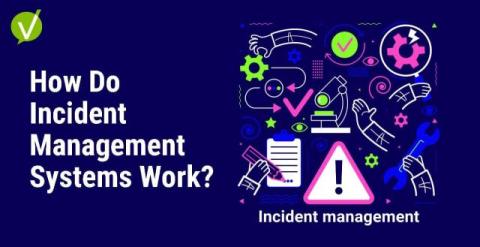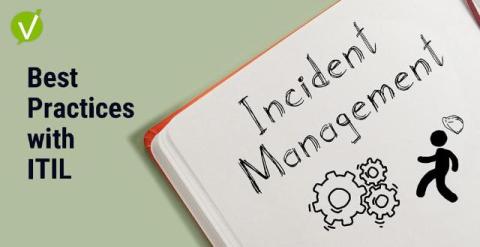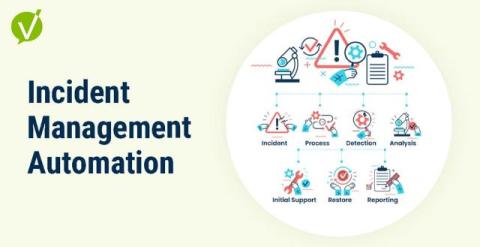Teams | Collaboration | Customer Service | Project Management
Incident Management
Cyberattacks are often not a matter of if, but when. Is your organization's emergency response plan strong enough to withstand the impact? The State of Ransomware 2024 report by Sophos revealed that 59% of global organizations were targets of ransomware in 2023. 70% of those attacks were linked to encrypted messaging apps. Another study shows that small to medium enterprises (SMEs) pay between $137 to $427 per minute in the event of an IT downtime.
What is Incident Management and How Do Incident Management Systems Work?
Disruptions in an IT landscape are inevitable. Whether it’s a system crash, a cybersecurity breach, or a service outage, the ability to respond swiftly and effectively is critical. This is where incident management comes into play—a structured approach to restoring normal service operations as quickly as possible while minimizing the impact on business operations.
From the CrowdStrike crisis to control: key strategies for IT resilience
Corporate reliance on technology frequently carries the risk of crisis when it fails, for whatever reason. The most recent example was Friday's global IT shutdown. An IT outage like this has serious consequences. The scale of the disruption, from grounded flights to paralyzed hospital systems and stalled retail operations, highlights the vulnerability of our digital world. It has an impact on the organizations involved, particularly their credibility and reputation.
Microsoft 365 Outage, MO821132: Users may be unable to access various Microsoft 365 apps and services
Thursday evening, Microsoft 365 identified a global outage affecting users accessing various Microsoft 365 applications and services. Impacted users suffered from login issues, Azure hosted virtual machines not being available, and constant loading screens in Microsoft 365 services, just to name some of the issues.
Incident Management Process: Best Practices Within ITIL
Welcome to our detailed guide on the incident management process. Today’s world runs on technology, making IT support crucial for businesses and service providers. You need a strong strategy to quickly handle issues, keep your business going smoothly, and reduce hiccups when an incident occurs. When dealing with any type of incident you’ll want to follow a step-by-step method throughout the incident.
Incident Management Automation for MSP: Enhancing Efficiency
As a Managed Service Provider (MSP), you’re no stranger to the complexities of modern IT environments and the growing demand for proactive, responsive support. As technology continues to evolve, incident management automation has emerged as a critical solution to streamline your operations, enhance efficiency, and deliver superior service to your clients.
Boost Your ITSM Efficiency with an Incident Management Team
When it comes to effective IT Service Management (ITSM), having a dedicated Incident Management Team can make all the difference. This team plays a crucial role in streamlining incident responses, minimizing downtime, and ultimately boosting your overall ITSM efficiency. An Incident Management Team is a group of skilled professionals who are specifically trained to handle and resolve IT incidents promptly and effectively.
Maximize Efficiency with an Incident Management Workflow
Today’s businesses rely heavily on their IT infrastructure to help resolve the incident at hand. However, unexpected disruptions can occur, leading to significant downtime and business losses. To ensure smooth operations and minimize the impact of these disruptions, it is crucial to have an efficient incident management workflow in place.
9 Incident Management Benefits: Maximizing Efficiency and Resilience
Things you will learn in this article: In this era of exponential information technology expansion, the ever-escalating demands placed on modern businesses raise a fundamental question: Amidst this unprecedented growth in the IT sector, how can organizations benefit from incident management to support their operations effectively? With technology’s increasing complexity, we understand incidents are bound to occur.
Incident Management Best Practices: Streamlined Operations Guide
Incident management best practices is the backbone of a seamless IT support operation, but it’s not just about resolving issues – it’s about doing it efficiently and effectively. In this article, we’ll walk you through essential incident management best practices, offering valuable insights and real-world examples.











